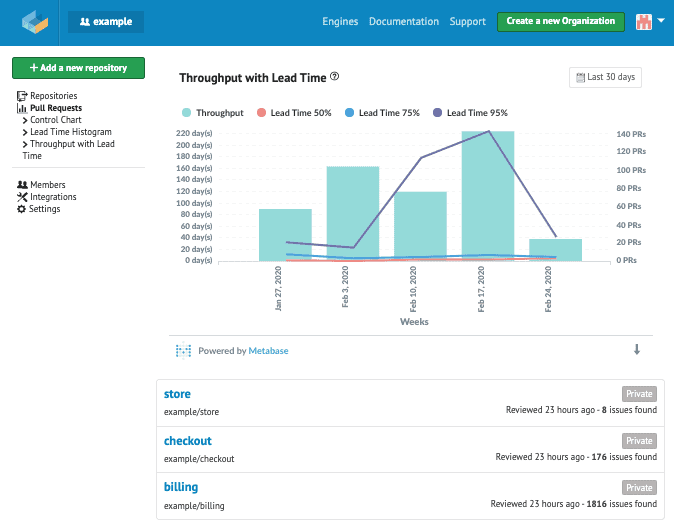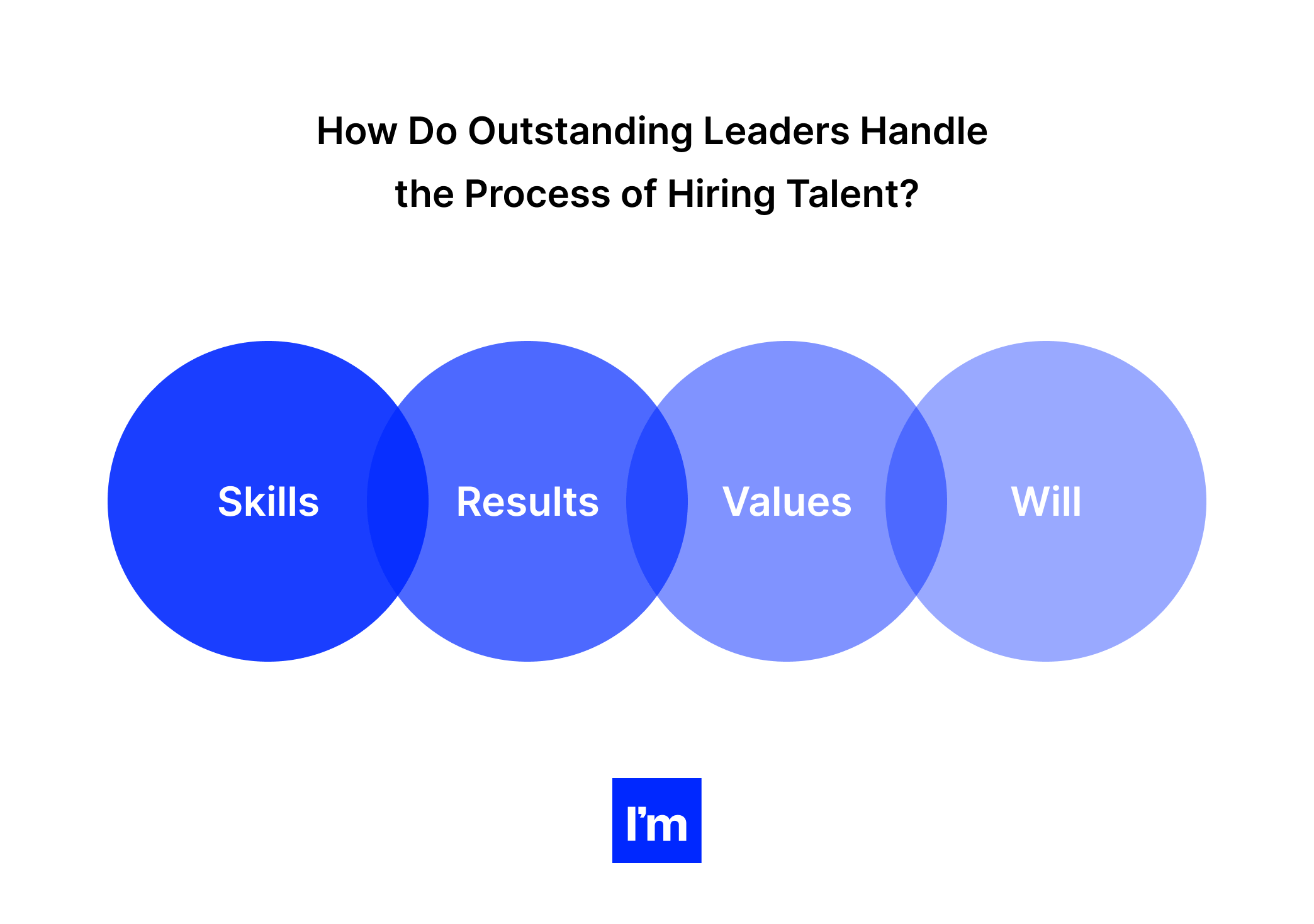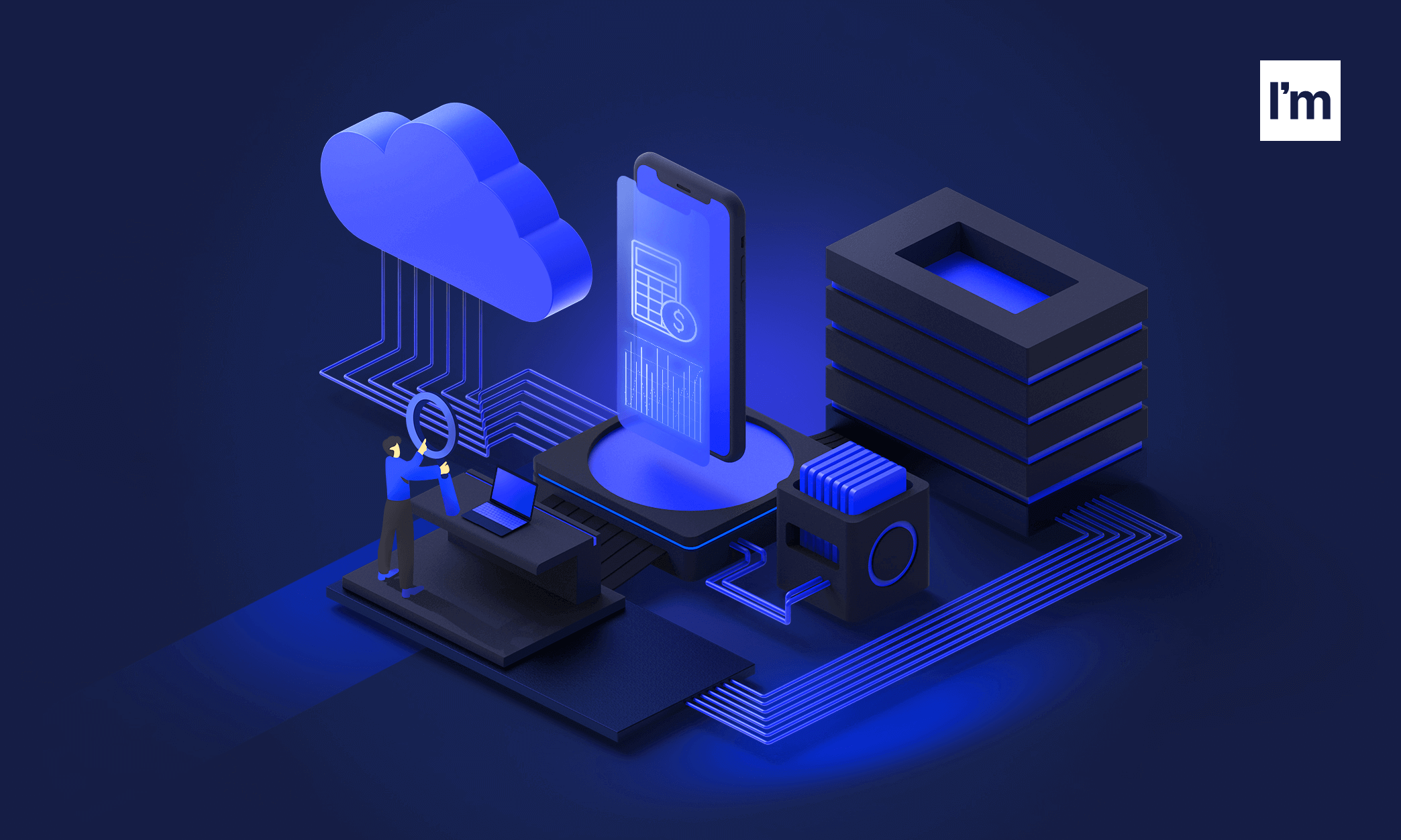As we navigate 2023, it's clear that contemporary businesses are inextricably linked with digital technologies. Consequently, the quest for exceptional software solutions is on the rise, fueling an equally escalating demand for professionals skilled in creating these solutions. In line with this trend, the number of software developers worldwide was projected to see an increase of 4.2 million between 2020 and 2024, reflecting the growing significance of this profession in the digital age.

Source
However, no big project is possible without a leader. A team of technology experts needs to be guided by a competent technology leader to make adequate decisions and guide a project to ultimate success. Which skills does a technical leader need to manage a team efficiently? The article discovers what technical leadership means, which personal and professional traits a leader needs, and how a good tech leader can enrich an IT team.
Definition of Technical Leadership and the roles of a tech leader
To understand the path from a technology expert to a tech leader, it is vital to start with defining the terms and identifying the difference between the two positions.
A definition of technical leadership
A tech expert has a technical background, experience, and skills to fulfill IT tasks. Such a specialist is qualified to use technology to solve various problems.
The role of technical leaders is much broader. They determine a technical strategy, decide which technical course the organization should take, and guide the teams of developers. Technical leadership requires excellence in the field, awareness of the business and technological environment, and the ability to optimize speed, quality, and resources.
The main functions of a tech leader
Technical leadership style may vary, but basic responsibilities remain the same.
- Focus on the overall vision that the company is aiming to achieve;
- Connect technology with business processes to deliver effective business solutions;
- Demonstrate technical expertise and lead the team by example;
- Understand the technical details of the project and determine technical direction;
- Manage the team by continually guiding, motivating, providing feedback, and tracking performance.
Therefore, developing technical leadership skills entails combining the sets of hard and soft skills including business and technical ones.
Key Leadership Skills
Technical leaders are enthusiastic learners with the constant endeavor for professional development. A strong leader possesses a holistic vision of a project from the ground up. They are adept with technical details, know business processes, have a clear understanding of the overall project, and efficiently perform management functions.
What can prevent a technology expert from becoming a tech leader?
Some engineers can be reluctant to develop and leverage the soft skills that leadership positions require. Besides, they can be lacking business knowledge and the ability to translate business tasks into software requirements.
Therefore, the path to technical leadership is complicated and combines a vast array of new responsibilities and opportunities, which requires certain sets of hard skills and soft skills.
Hard skills
This range comprises technical and management skills
Management skills
The way to achieve communication excellence is by establishing long-term goals. A clear view of the big picture allows splitting the project into actionable steps. When the large job is divided into a series of smaller tasks, it becomes easier to communicate. Besides, each task should have achievable and measurable goals to motivate the team, give them a sense of progress, and monitor their performance.
Effective interaction within the team as well as with your clients and management is a vital skill for an IT leader. Your role is to fix the weaknesses and enable the professional growth of the team. A helpful method for enhancing team interaction is the adaptation of a BizDevOps approach, which aims to provide smooth communication between business, development, and operation lines.
- Problem-solving and strategic thinking.
This skill is crucial for every manager including an IT leader. It can be viewed as an art, as it involves both analytical and creative abilities.
The following steps constitute a strategic problem-solving:
- Gain a clear understanding of an issue;
- Come up with the right questions;
- Visualize processes to make them clear to the team;
- Assess the solution options;
- Select the optimal path;
- Continually track the results.
Dividing a problem into smaller pieces makes it easier for a team to solve. Furthermore, a leader has to be capable of clearly explaining the solution options to teams and clients. Since IT leaders are usually seen as problem-solvers, these skills are often considered the most crucial ones.
Managing large teams and completing the growing number of projects is impossible without delegation. Your responsibility in this regard would include selecting the proper people to cope with everyday tasks.
Managing your employees’ workflow efficiently is also akin to art, as it involves knowing the strengths and weaknesses of each team member, identifying the right communication approach and motivation, and keeping employees occupied without overloading. Assigning tasks to those persons that can fulfill them most efficiently, as well as outsourcing the jobs that cannot be properly performed in-house, is a leader’s primary duty.
Delegation is one of the key leadership skills that take your own perception to a new level. You should change your view from what you can do personally to what you can manage.
- Project management and crisis management.
Another responsibility is planning the project and its timely execution. While keeping in mind a long-term perspective, a leader should adequately manage the team’s time on a daily basis.
However, every project has good and bad days. Business life is full of stress and pressure. The core requirements here are staying calm and keeping control.
The main strategies to preserve tranquility include the following:
- Wait before you act. Assess an issue with a clear mind, develop a thoughtful plan, and only then rush to solve a problem.
- Obtain solid support. Stellar leaders usually have strong people around them that can provide useful advice.
- Recognize the real situation. Assess the problem and address it by breaking it down into smaller fragments.
Technical skills
As a leader, you’ll have a general vision of a high-level architecture, which you’ll need to translate into technical tasks for your team members. You will additionally motivate them by explaining the reasons behind the technical decisions. You’ll also need to ensure that they implement solutions efficiently.
- Monitoring the progress of the team.
The optimal way to assess the team’s progress is through the relevant metrics. Tech leaders can utilize a range of engineering metrics for this purpose.
- Pull Request Lead Time. The metric informs you how many times pull requests take to be merged or closed.
- Throughput. This metric measures the output capacity of a machine, line, or plant over a certain time.
- Time from First Commit to Merge. A median value that demonstrates how much time it takes from opening a pull request to merging it.
- Time to First Comment. This metric informs how much time the team needs to comment on a pull request.
- Deploy Frequency. The more teams deploy daily, the higher value it adds. This metric should be tracked and compared among periods.
- The Number of Technical Debts. The metric tells how much effort it takes to fix technical debts currently in the backlog.

Source
The metrics described above are only part of the available tools that a leader can utilize to measure the performance of the team. Leaders’ responsibilities can include assessing the investment of time and resources on specific projects or managing cycle time and pull request size. Such a tool as LinearB comes on hand when you need to obtain observability, changing mechanisms, and performance metrics to enhance your team’s productivity.
Another piece of advice for a leader striving to streamline productivity is to invite people to discuss the working tasks and processes and make suggestions before delegating tasks.
Soft Skills
A set of soft skills is another milestone in the way to developing tech leadership skills. These are not just personal characteristics but rather the way a leader applies them in various situations.
This trait includes staying faithful to your principles and to your word. Your main task here is to build trusted relationships with your team. They should be confident in their leader and know they can rely on you regardless of what happens.
An efficient leader should know when to be tough and demanding and when – friendly and emphatic. While preserving your authority with the team, you should also be open to discussions, ideas of your team members, and constructive criticism. Such an approach will facilitate an affectionate working environment.
Apart from staying calm, you should also put effort to reduce stress within your team. The ability to address team burnout and deal with stressful situations is crucial. Successful leaders apply creative ways to minimize stress, engage the team, and raise team spirit. What helps in this regard are extracurricular activities, such as team challenges and sports competitions. They help relieve stress, reinforce internal bonds, and improve communication.
This is a particular case of building strong interconnections within the team. Empathy denotes the ability to put yourself in another one’s place and understand their issues. This is an excellent way to develop trusted rapport, allocate tasks within the team in a most efficient manner, and build successful working processes. Furthermore, developing empathy is exceptionally useful for facilitating a conducive corporate culture.
How a Good Tech Leader should Hire the Right Team and Improve a Team
Hiring the right people can become another challenge for a tech leader. IT engineers do not usually deal with recruitment; therefore, this is the aspect to be mastered when developing tech leadership skills.
How do outstanding leaders handle the process of hiring talent?

In a nutshell, they think beyond the traditional criteria. Acquired skills, achieved results, existing values, and will are important. However, great leaders assess these parameters in a bit different manner.
- Will is important in the context of continual endeavor for better results;
- Skills matter most in terms of their adaptability and development perspectives;
- Results should be viewed as evidence of a candidate’s potential;
- Values reflect what’s important for a candidate, while their correlation with the company values can drive sensational results.
Shaping the team
Finding and attracting the right talent implies not just waiting for the recruiter’s recommendations but rather actively participating in the searching process. An effective IT leader devotes time to attracting the optimal talent that would benefit both the tech team and the entire enterprise.
Streamlining the hiring process
A company can experience different needs in talent. Sometimes a business requires filling a gap in specific skills, extending the team for a specific project, or hiring competent developers that could educate the existing IT team.
Developers’ job market is tough, but there are numerous competent vendors that can assist in obtaining talent. A professional tech recruiter can swiftly and smoothly find the right developers for the job including:
Professional partners can help you with projects of various types and complexity, from mobile app development to UX/UI design and business processes optimization.
What talent do you need?
Whether you are recruiting in-house specialists or outsourcing the project, you will need professionals with the right specialization. However, there are positions that perform seemingly similar roles while having significant differences. As a leader, you need to be adept in all those nuances to shape an efficient team.
When entrusting a whole project to a third party or searching for the experts to fulfill other big tasks, you may face a confusing diversity of roles. From the product standpoint, the roles may include a product owner vs a product manager. From the standpoint of your project, you may be on the fence between project manager vs scrum master vs product owner. Each professional has a specific set of responsibilities that needs to be carefully studied before you make a decision. Moreover, by exploring these roles deeper, you will find out which benefits this specialist can bring to your organization and in which cases you’ll need one or another.
Conclusion
So, can every developer become a great tech leader? Probably not. But those who strive to guide people, pursue strategic purposes, and extend their opportunities and influence can succeed in developing tech leadership skills.
Apart from the specific sets of personal and professional qualities, a stellar leader also needs to build stellar teams. The modern business landscape offers plenty of opportunities to find the right professionals for a project including outsourcing.
When entrusting your project to a qualified vendor, you will optimize your time and resources, since professional IT recruiters have access to a huge talent pool, can release you from the hiring process, provide exceptionally qualified candidates fitting your needs, comprehensively manage your project, and reduce overall development costs. Find reliable partners and head for your ultimate business success!















